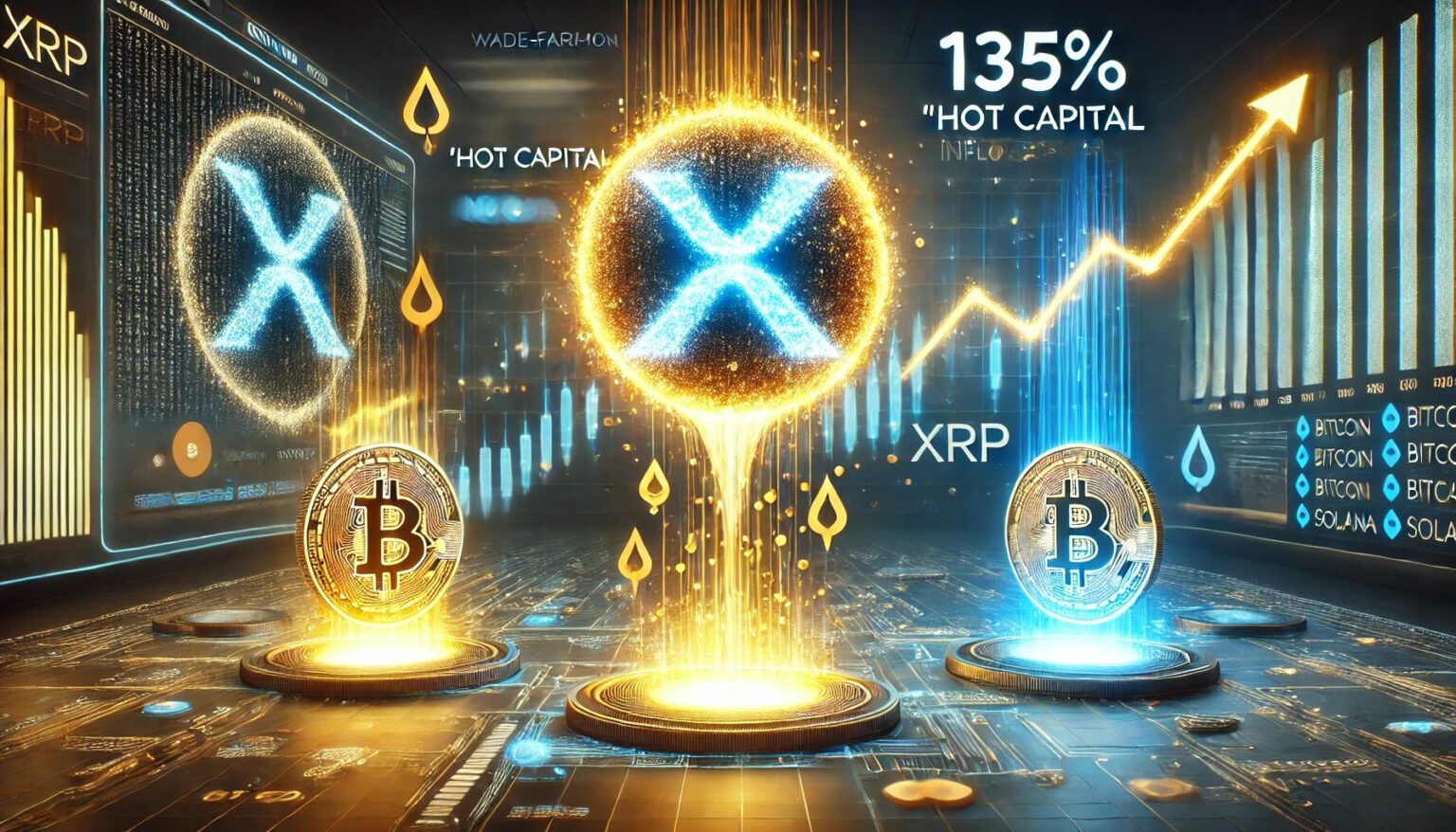The digital landscape of cryptocurrencies is ever-evolving, with market dynamics shifting as investors and analysts watch closely. In this context, the recent surge in ‘Hot Capital’ for XRP provides a fascinating case study on market behaviors and speculative investments. As we delve deeper into this phenomenon, we explore the factors influencing this trend, compare XRP’s momentum with other major cryptocurrencies, and provide valuable insights for investors intrigued by the crypto market’s potential.
Exploring the Surge in XRP’s Hot Capital and Its Implications
Understanding Hot Capital and Its Impact on Cryptocurrency Markets
Hot Capital is an integral aspect of evaluating market activity within cryptocurrencies. Unlike traditional capital reserves, Hot Capital refers to funds that have swiftly moved into a particular crypto asset within a short time frame, typically the past week. This metric sheds light on the speculative interests and trading activities surrounding digital assets like XRP.
To comprehend Hot Capital’s relevance, it is essential to grasp the concept of “Realized Cap.” This model calculates the valuation of a cryptocurrency by assessing the spot price of each token at its last transaction. By aggregating these values, Realized Cap effectively estimates the total cost basis of the asset’s investors. Changes in this indicator suggest movements of capital within the cryptocurrency, reflecting growth or decline in investor sentiment.
XRP’s Hot Capital Surge: A Closer Look
In recent weeks, XRP has experienced a notable uptick in its Hot Capital, indicating increased speculative interest. As reported by the analytics firm Glassnode, XRP’s Hot Capital rose from $0.92 billion on April 20 to $2.17 billion on April 28, marking a substantial 134.9% growth. Despite this remarkable increase, the metric is still significantly lower than its peak of $7.66 billion in December 2024, underscoring the ongoing volatility in the market.
Comparing XRP’s Growth with Other Major Cryptocurrencies
XRP is not alone in witnessing a surge in Hot Capital. Bitcoin and Ethereum have also experienced notable increases. Glassnode reports that Bitcoin’s short-term Realized Cap surged by 92% to reach $39.1 billion, making it one of the fastest surges observed in recent months. Ethereum’s Hot Capital, albeit increasing, lagged behind with a 54% rise since April 17.
Solana’s Unique Position in the Market
Among the cryptocurrencies with growing Hot Capital, Solana stands out. Its indicator is currently closer to a full recovery, with a recent 100% weekly jump, reflecting a more robust speculative interest compared to other digital assets.
Current XRP Price Movement
XRP’s price recently crossed the $2.30 threshold but has since retreated slightly to $2.17. This pullback may suggest short-term profit-taking or market adjustments following the surge in Hot Capital.
Editorial Process and Content Integrity
Our editorial process at xyzcrypto prioritizes delivering well-researched, accurate, and unbiased content. We adhere to rigorous sourcing standards, and each publication undergoes meticulous reviews by top technology experts and seasoned editors. This commitment ensures our content’s credibility, relevance, and value for our readers.
Frequently Asked Questions
What is Hot Capital in cryptocurrency markets?
Hot Capital refers to funds that have entered a cryptocurrency within a short time frame, typically a week. It provides insights into speculative activities and investor sentiment in the market.
How does Realized Cap differ from Market Cap?
Realized Cap calculates a cryptocurrency’s total valuation by considering the last transaction prices of each token, reflecting the cost basis for investors. Market Cap, on the other hand, multiplies the total circulating supply by the current market price, offering a snapshot of the asset’s overall market value.
Is XRP’s Hot Capital surge sustainable?
The sustainability of XRP’s Hot Capital surge depends on various factors, including market sentiment, regulatory developments, and technological advancements in the crypto space. Investors should analyze these elements before making long-term investment decisions.
How should investors interpret changes in Hot Capital?
Changes in Hot Capital can signal shifts in market momentum and investor interest. A rapid increase could indicate speculation, while a decline might suggest profit-taking or waning enthusiasm. Investors should consider these dynamics alongside other market indicators.

